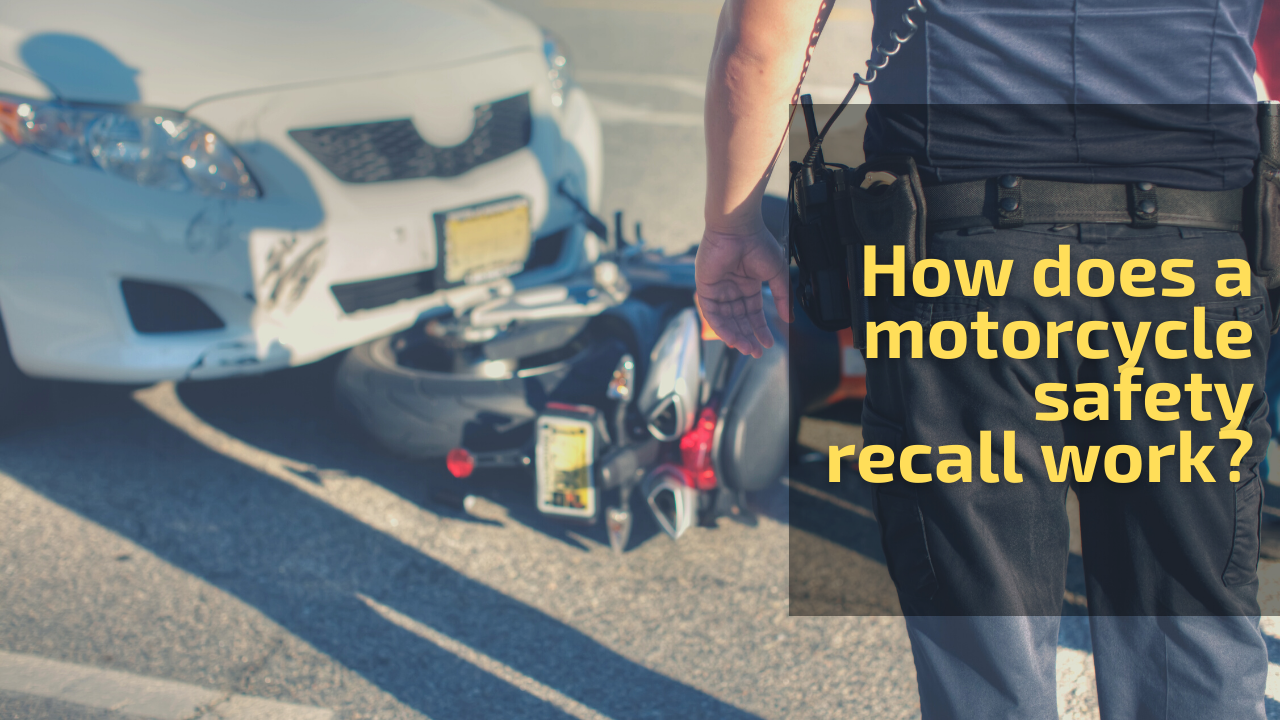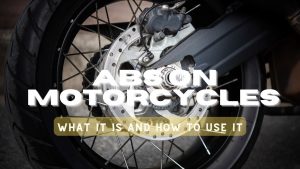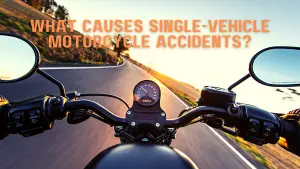Manufacturers are expected to build motorcycles with utmost care and precision to ensure high quality. But accidents are unexpected and no matter how premium a motorcycle is, there are still plenty of factors that can put any rider at risk.
However, rider error or another driver’s negligence is not always the cause of motorcycle accidents. Road mishaps involving motorcycles can sometimes be caused by defects in their build and design.
While it may not be as common as the other causes of motorcycle accidents, motorcycle defects also lead to significant injuries and deaths each year, prompting manufacturers to issue safety recalls to prevent endangering more lives.
What is a safety recall?
A safety recall is issued in response to a vehicle’s discovered defect or parts and designed to rectify potentially dangerous situations. The National Highway Traffic Safety Administration (NHTSA) can do this either by the vehicle’s manufacturer.
While safety recalls for motorcycles are not as commonly issued as safety recalls for cars, their processes are generally similar. Their goals are pretty much the same: to prevent accidents due to poor build and design.
However, a motorcycle accident caused by a motorcycle defect does not automatically mean that no one is responsible. It is essential to understand how safety recalls are processed, who can be held accountable in a motorcycle accident caused by such defects, and how those involved are liable.
How does a motorcycle safety recall work?
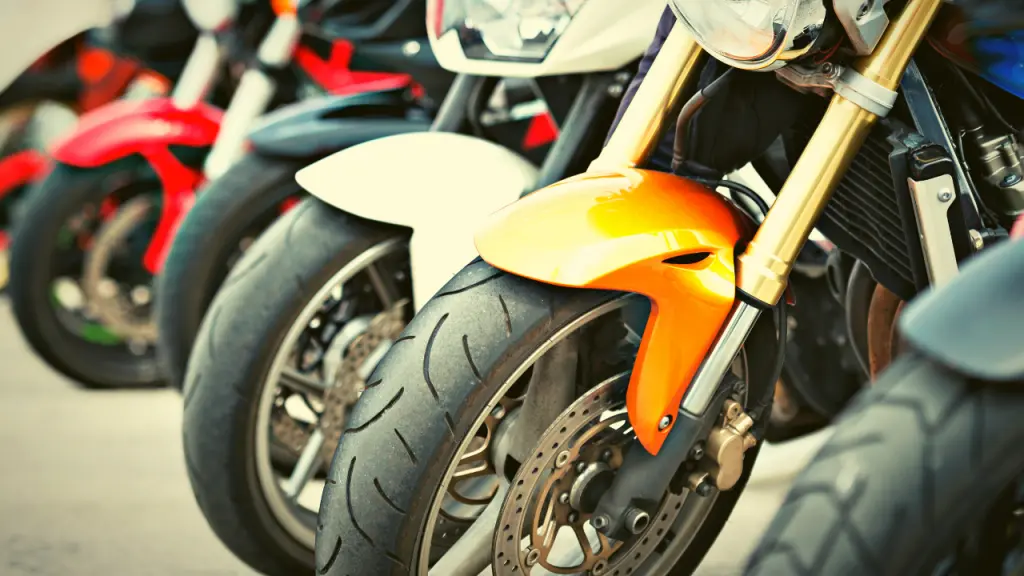
Ideally, motorcycle defects should be discovered before the motorcycles are sold. But sometimes, those defects only come to light once customers complain, or worse, serious accidents involving the motorcycles in question have already occurred and endangered people.
Defective motorcycles account for only 3% of all motorcycle accidents. Still, there should not have been any case had the defects been detected early on, and the faulty vehicles did not get sold in the first place.
If you bought a defective motorcycle that has been recalled, you should receive a letter with instructions to take your bike to the local dealer for repair. Since the found defects are not your fault, the manufacturer should shoulder all the repair expenses at no cost to you.
What should be included in a motorcycle safety recall?
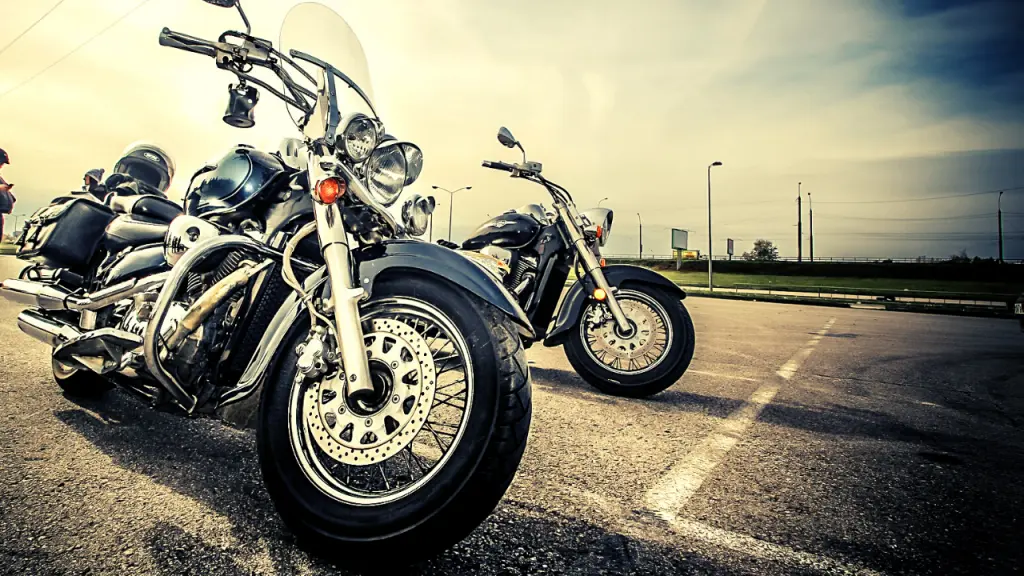
Regardless of whether the safety recall was initiated by the motorcycle’s manufacturer or the NHTSA, the manufacturer should issue a public report disclosing the defects found, the make and model of the motorcycles involved, the schedule of the recall, how the defects were discovered, what prompted them to issue the memory, and how they plan to resolve the issue.
The manufacturers’ responsibility is to notify the owners of their recalled motorcycles. They can do this by coordinating with each state’s department of motor vehicles or by directing local dealerships and distribution chains to halt the selling of the recalled motorcycles.
However, there are instances where owners of recalled motorcycles are not notified for whatever reason. If you are an owner of a defective motorcycle and you did not receive any recall notice, the manufacturer is still obligated to shoulder all repair expenses.
Who is liable for motorcycle accidents caused by vehicle defects?
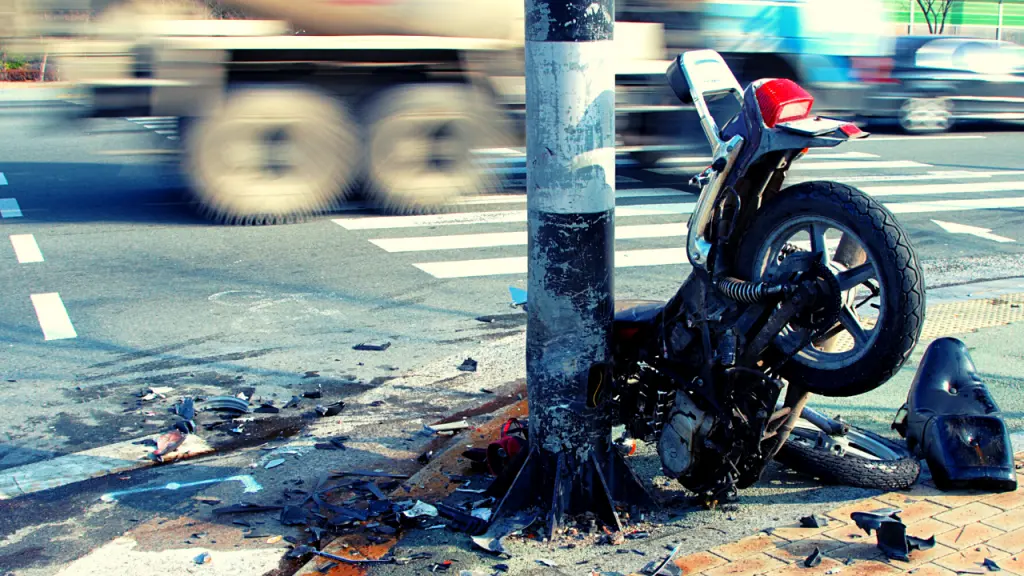
Suppose you get into an accident because of a defective motorcycle. In that case, the parties that may be held liable for your injuries are the motorcycle’s manufacturer, the tire’s manufacturer, the manufacturer of the parts used in the defective bike, or the company that designed the bike.
In most cases, though, the manufacturer is usually the one liable. You may bring a strict liability action against the manufacturer if the vehicle or some parts of it are proven to have design defects, manufacturing defects or if the manufacturer failed to provide adequate warnings about its safe use.
To establish the manufacturer’s liability for injuries caused by a defective motorcycle, you must provide proof that the motorcycle was in a defective condition at the time of the accident, the defects are the manufacturer’s fault, and the poor build and design were the cause of your injuries.
In some states, motorcycle accident victims are also required to prove that the defective motorcycle was being used in its intended manner when the accident happened.
However, the manufacturer will not be held liable if the motorcycle was not defective and not proven dangerous at the time of the accident, the motorcycle’s condition did not cause your injuries, or the motorcycle’s defective condition is not the manufacturer’s fault.
Common motorcycle defects

If you are injured in an accident caused by a defective part or design of the motorcycle, it is best to contact a personal injury lawyer immediately. Even if a safety recall was issued, the manufacturer is not automatically absolved of the safety responsibility and liability for the injuries sustained and property damages incurred.
In many cases, the components that fail in motorcycle accidents are usually the brakes, chain, shock absorbers, toe clips, and rear wheels. While motorcycle accidents due to vehicle defects make up only 3% of all motorcycle accidents in the United States, one life in danger is already one too many.
So before you ride your big bike, it is essential to identify first which motorcycle parts are prone to defects.
• Engine
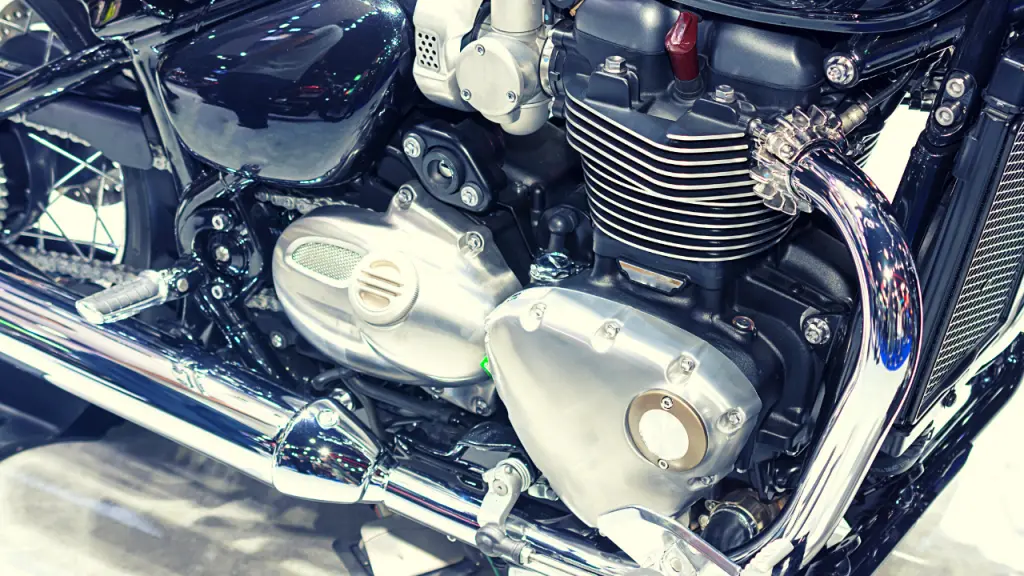
Unexpected engine failure can turn an innocent ride into a dangerous experience. Riders do not expect their engine to stop running without warning, but a defective engine can cause your motorcycle to abruptly stop in situations that require you to keep moving.
• Brakes
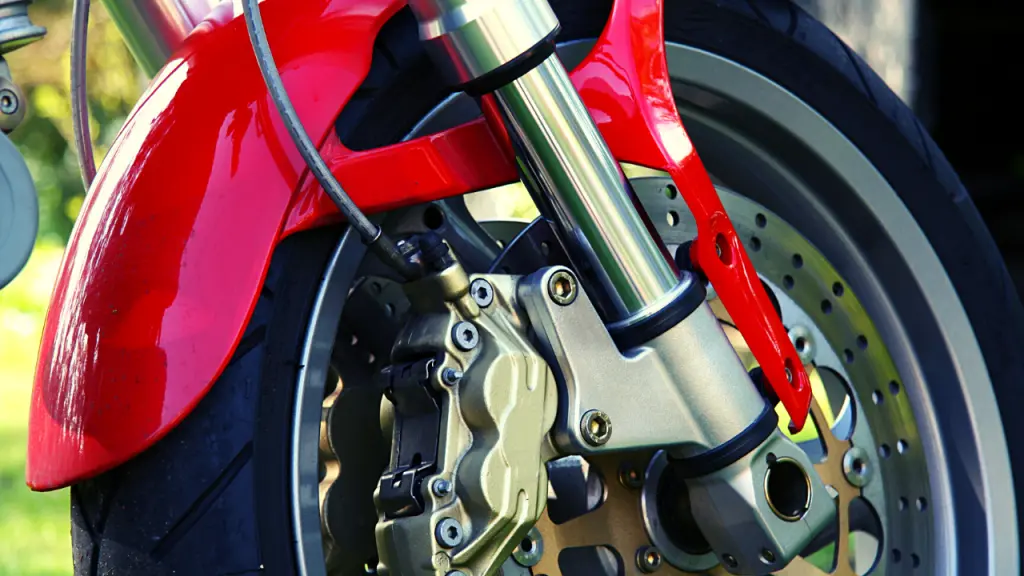
Brake failure can be dangerous on any vehicle, but motorcycle riders who already lack the protection and stability that regular four-wheeled vehicles have are even more at risk if the brakes fail. The inability to stop increases the risk of an accident and may even cause a fatal crash especially if you are cruising at high speeds.
• Tires
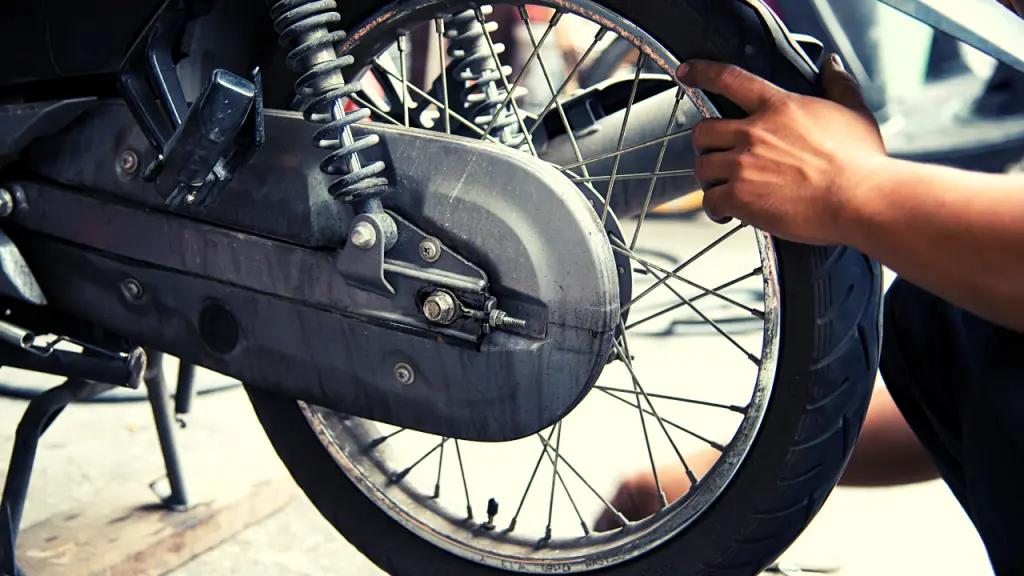
Faulty tires can make a motorcycle unstable and cause you to swerve into other lanes or skid while slowing down. If a motorcycle accident is found to be a result of defective tires, the tire manufacturer might be liable for the injuries you sustained.
• Fuel tank
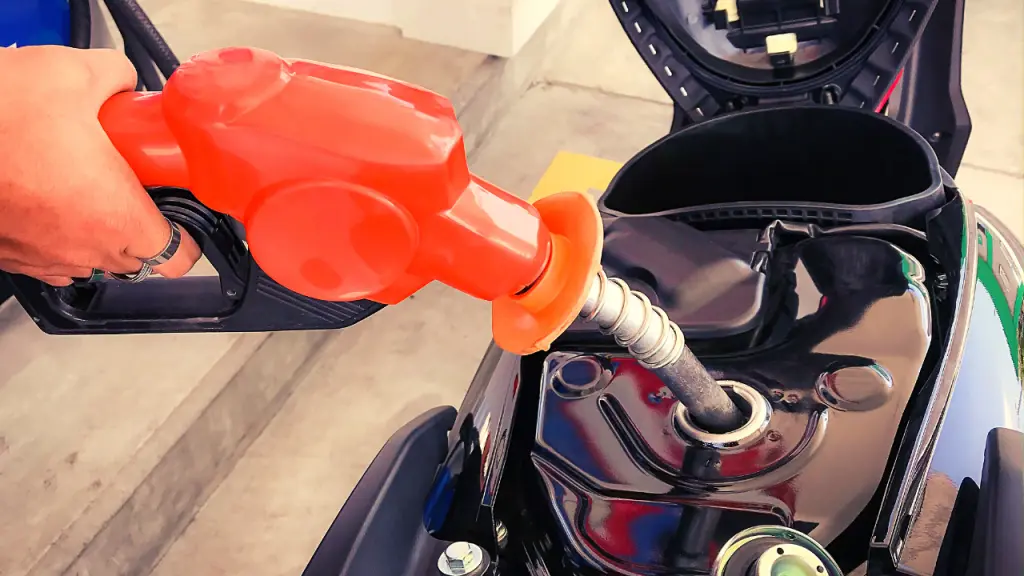
A fuel tank with a manufacturing flaw can cause dangerous gas leaks which may lead to a motorcycle fire. Unfortunately, not many riders discover this flaw soon enough until it is too late to prevent a devastating accident.
• Handlebars
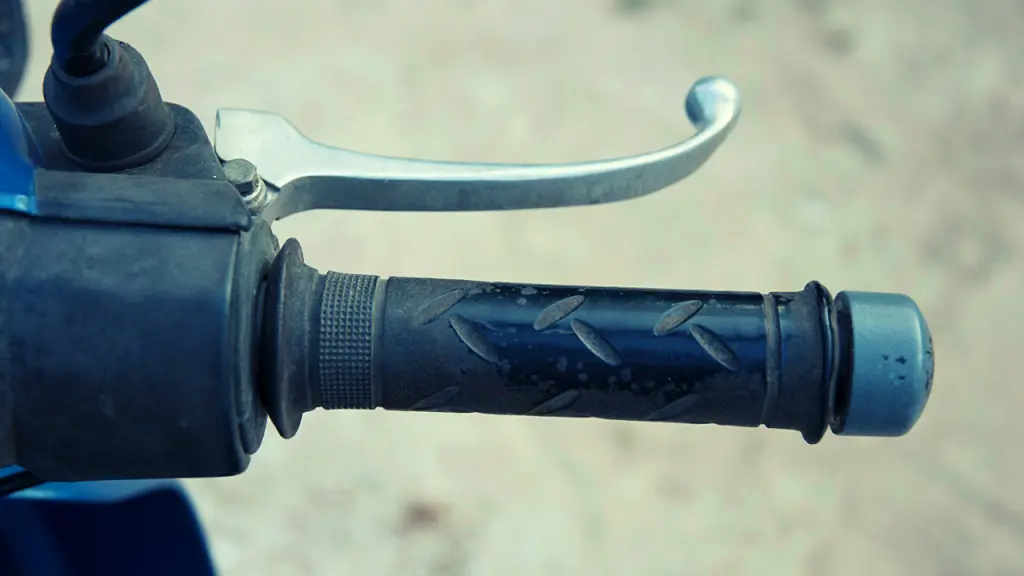
Handlebars are important for steering and keeping your motorcycle on the right track. When handlebars are defective and fail to work as they should, they can cause your bike to wobble and prevent you from getting away from a dangerous situation.
• Frame

A structural failure like a small fracture in the frame of a motorcycle can lead to serious accidents. If a motorcycle frame cannot withstand normal riding conditions, it becomes prone to cracks that expose the bike to the elements. This can lead to the accumulation of rust which could affect other motorcycle parts over time.
• Overall design
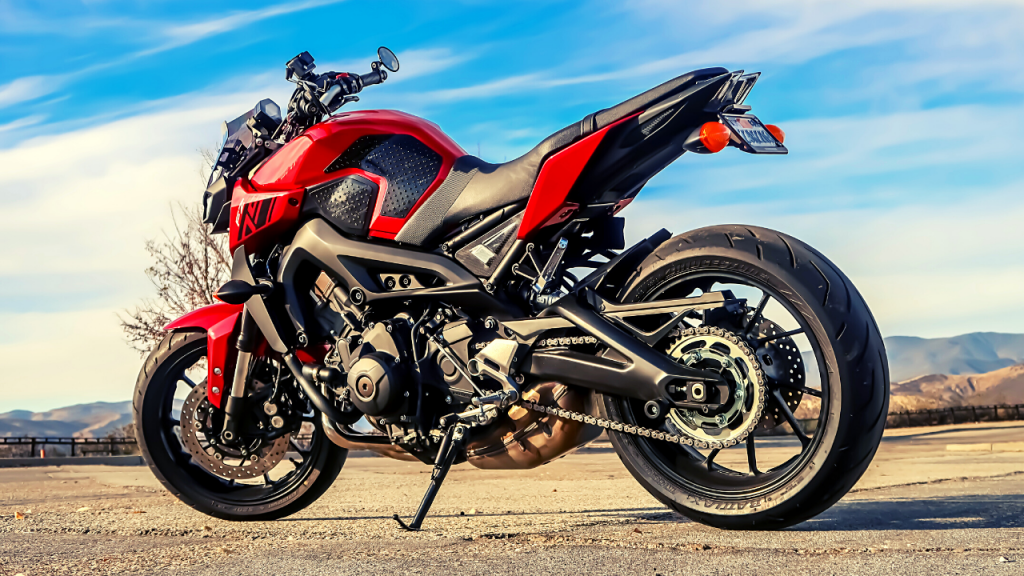
Aside from specific defects found in the motorcycle or its components, it is also possible to take legal action if the motorcycle is proven to have a hazardous design. A motorcycle that is not outlined and produced properly can cause serious problems for the rider, so manufacturers must be aware of the potential dangers created by faulty motorcycle design.

